When driving in Hawaii, knowing who has the right of way on the road can be crucial for ensuring smooth traffic flow and maintaining safety. The right of way rules are designed to avoid confusion and prevent accidents. Whether you are a resident or a visitor, understanding these laws is key to driving responsibly and courteously.
Right of way rules tell you who must yield and who has the right to go first in various traffic situations. These laws apply to drivers, pedestrians, cyclists, and anyone else using the public roadways. In this article, we will cover the essential right of way laws in Hawaii, including situations where confusion may arise, and how to keep yourself and others safe on the road.
What is the Right of Way?
The right of way refers to the legal right of a person or vehicle to proceed ahead of others in a specific situation. It’s about who has priority when multiple road users need to use the same space at the same time. If you have the right of way, others must yield to you and let you go first. If you don’t have the right of way, you need to allow others to proceed.
Even though the rules are designed to clarify who goes first, it’s important to drive cautiously and make sure that the other drivers or pedestrians follow the rules as well. Sometimes, the other person might not follow the rules, so it’s better to avoid an accident by yielding when you can.
Hawaii’s Right of Way Laws in Key Situations
Let’s break down some of the most common right of way situations and explain Hawaii’s laws in simple terms.
1. At Intersections Without Signs or Signals
When you come to an intersection in Hawaii that has no traffic signs or signals, the general rule is that the vehicle on your right has the right of way. This means if you arrive at the intersection at the same time as another car and are facing each other, you must yield to the car on your right.
This simple rule helps keep traffic moving smoothly, but always be cautious and check carefully before proceeding, especially at busy intersections.
2. At Stop Signs
Stop signs are common at many intersections across Hawaii. When you approach a stop sign, you must come to a complete stop before proceeding. If there are other vehicles already stopped at the sign, the vehicle that stops first gets the right of way.
If you arrive at a stop sign at the same time as another driver, the driver on the right has the right of way. It’s important to note that if you are turning left at an intersection with a stop sign, you must yield to oncoming traffic, as they have the right of way.
3. At Traffic Signals
When driving in Hawaii, traffic signals will generally guide you. If you have a green light, you can proceed through the intersection. However, you must yield to pedestrians and any vehicles already in the intersection.
If you are turning left at a traffic signal, you must yield to oncoming traffic. The left turn requires crossing the path of other vehicles, so make sure it is clear before proceeding.
If you encounter a red light, you must stop. However, in Hawaii, it is legal to make a right turn at a red light unless there is a sign that prohibits it. Be sure to yield to pedestrians and check for traffic before making the turn.
4. Pedestrian Crosswalks
Pedestrians always have the right of way in crosswalks in Hawaii. This is one of the most important rules for ensuring pedestrian safety. If a pedestrian is in or waiting to cross at a crosswalk, you must stop and let them cross the street.
If you are turning at an intersection with a crosswalk, always yield to pedestrians who are crossing, even if they are not in the middle of the crosswalk. Failing to stop for pedestrians can result in fines or even accidents.
5. School Buses
In Hawaii, school buses are given special attention due to the importance of protecting children. When a school bus has its red lights flashing and the stop arm extended, you must stop. This applies whether you are coming from behind or approaching the bus from the other direction.
You are required to stop at least 20 feet away from the school bus, and you cannot resume driving until the bus signals that it is safe. Never pass a school bus that is picking up or dropping off children, as this puts children at risk.
6. Emergency Vehicles
When you hear the siren or see flashing lights from an emergency vehicle, such as an ambulance, fire truck, or police car, you must immediately yield. You need to pull over to the right side of the road and stop to let the emergency vehicle pass.
If you are on a multi-lane road, you are still required to pull over, but you do not need to stop if the emergency vehicle is in the opposite direction, provided there is no median separating the lanes.
7. Roundabouts
Hawaii uses roundabouts in various areas to improve traffic flow. In a roundabout, the vehicles already in the roundabout have the right of way. If you are approaching a roundabout, you must yield to traffic inside the circle and wait for a safe gap to enter.
When exiting a roundabout, make sure to signal your intentions to other drivers. Yield to pedestrians and cyclists who may be crossing at the roundabout exits.
8. Merging onto Highways
Merging onto a highway or freeway in Hawaii requires careful attention. Vehicles that are already on the highway have the right of way. You must yield to them and adjust your speed to match the flow of traffic.
If there’s traffic on the highway and it’s impossible to merge safely, stay on the ramp and wait for a gap. Never force your way onto the highway. Always use your turn signal when merging to let other drivers know your intentions.
9. Bicycles
Bicyclists are treated as road users in Hawaii, and they must follow the same right of way rules as vehicles. If you are driving near a cyclist, you must give them plenty of space when passing and yield to them when necessary.
Cyclists who are traveling in designated bike lanes or crossing the road at an intersection have the right of way. Be cautious when turning or making lane changes, as you might not see a cyclist approaching.
Key Safety Tips for Drivers in Hawaii
- Always Yield When Required: If you’re uncertain about who has the right of way, it’s safer to yield than to assume. Avoid taking risks that could lead to accidents.
- Be Careful at Intersections: Many accidents happen at intersections. Make sure to look carefully for other vehicles, cyclists, and pedestrians before proceeding.
- Watch for School Buses: School buses are a key part of road safety. Always stop when a school bus has its stop arm extended and its lights flashing.
- Yield to Pedestrians: Pedestrian safety is a priority in Hawaii. Always yield to pedestrians in crosswalks and on the streets.
- Be Prepared for Emergency Vehicles: When you hear sirens or see emergency vehicles, move aside promptly to let them pass.
- Stay Aware of Roundabouts: If you’re not used to roundabouts, be extra cautious and yield to vehicles already in the roundabout.
Conclusion
Understanding and following the right of way laws in Hawaii is essential for safe driving. These rules are designed to help traffic flow smoothly and keep everyone—drivers, pedestrians, cyclists, and emergency responders—safe on the road. Whether you’re navigating intersections, sharing the road with cyclists, or waiting for a pedestrian to cross, being aware of who has the right of way can prevent accidents and save lives. Remember to always stay alert and make safety a priority.
Disclaimer – Our editorial team has thoroughly fact-checked this article to ensure its accuracy and eliminate any potential misinformation. We are dedicated to upholding the highest standards of integrity in our content.


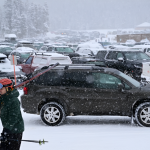







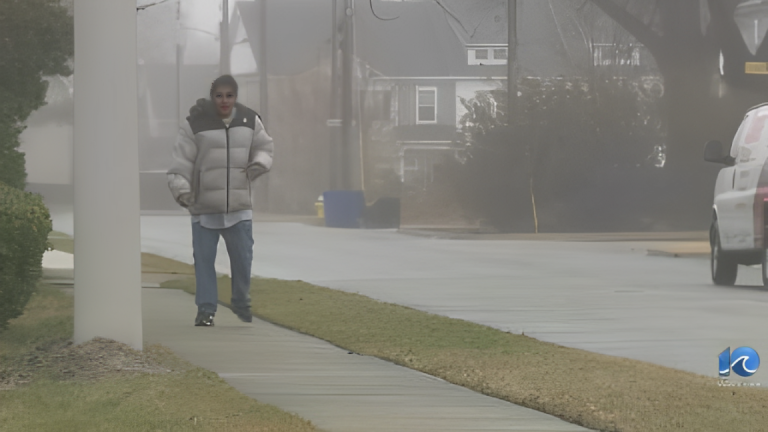
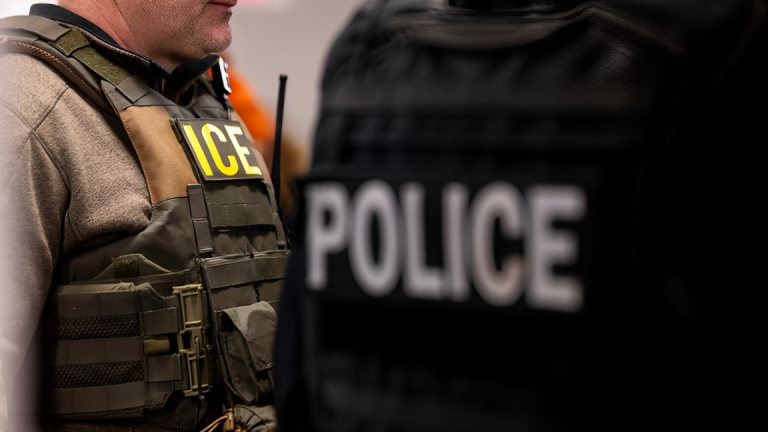





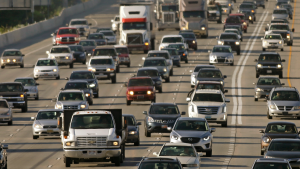
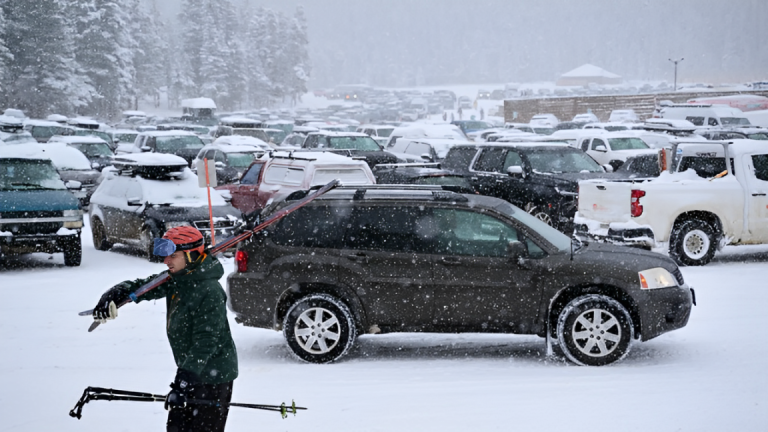







+ There are no comments
Add yours